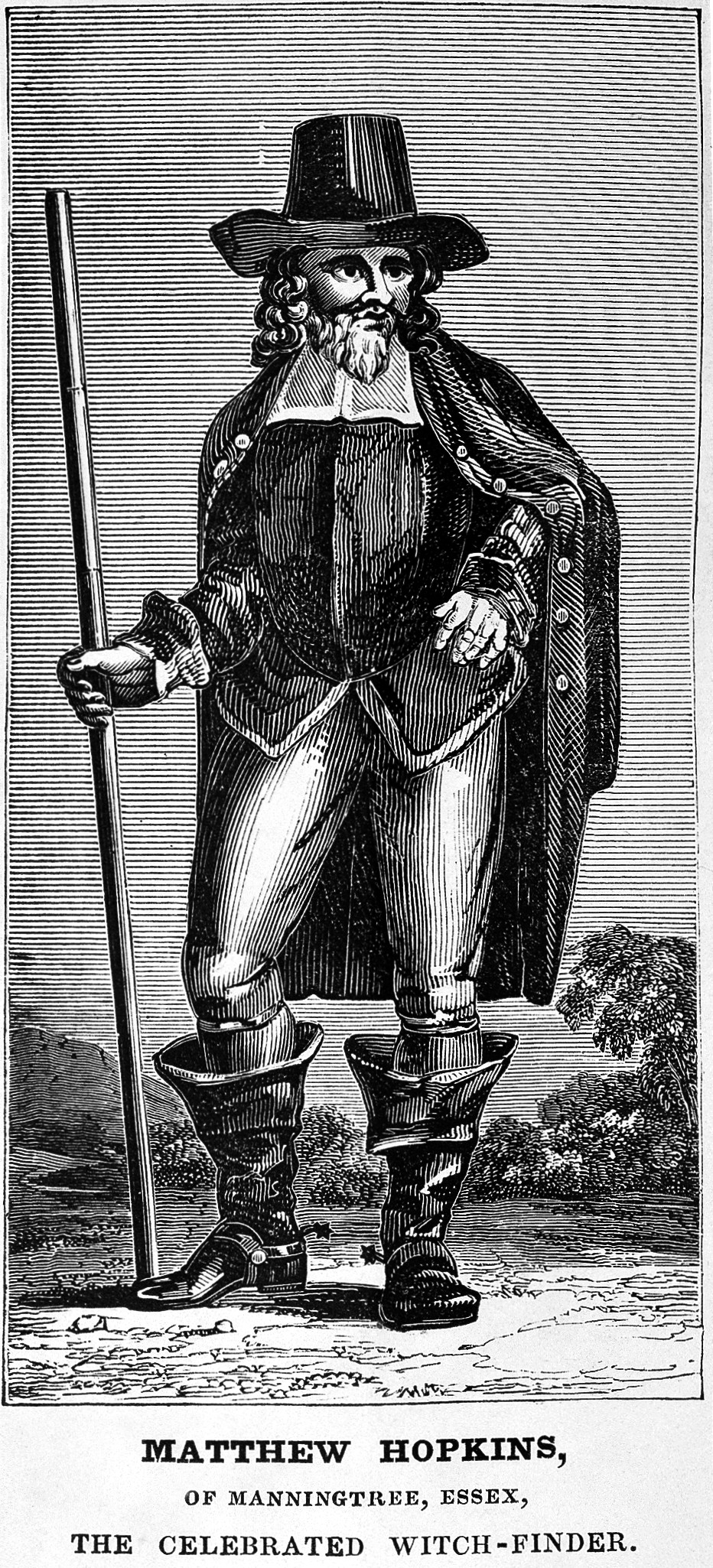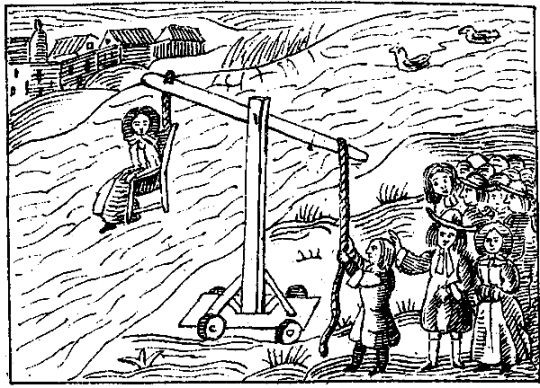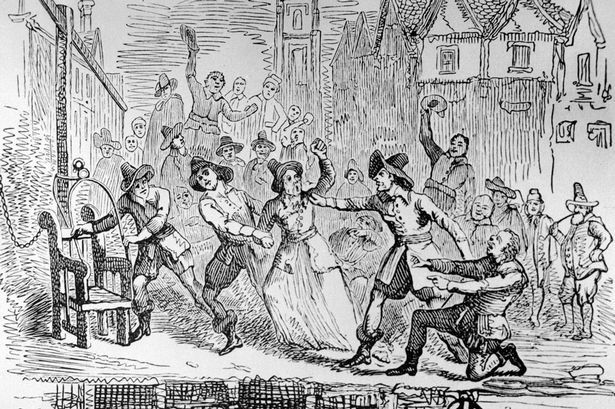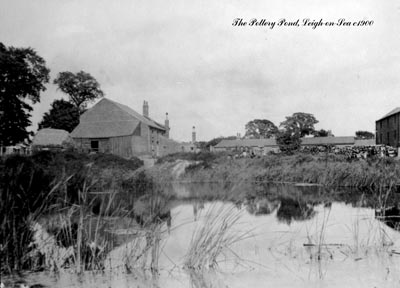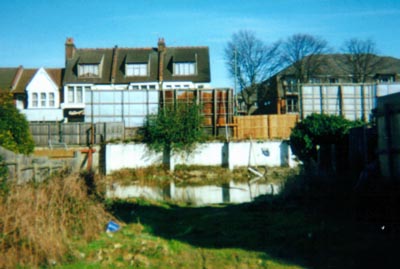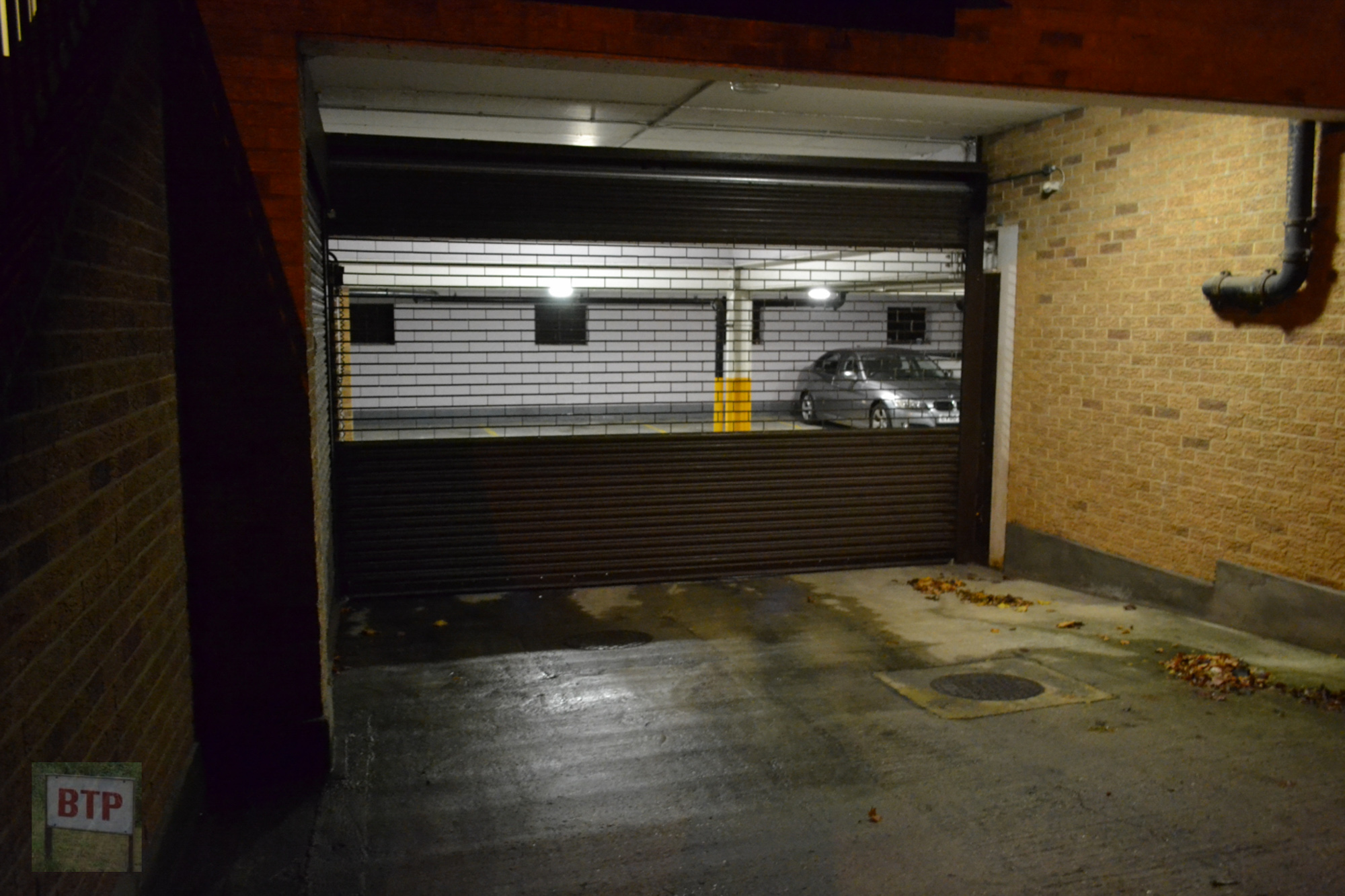Our 2015 Halloween documentary brings the horror of everyday life in the 17th Century up to present when the boys travel down to Leigh, Essex to take a look at the site of ‘the Doom Pond’. Supposedly used to drown innocent individuals accused of witchcraft, there is no need to make-believe this Halloween when history holds the keys to true terror.
The concept of accusing individuals of being witches working for the Devil began in Europe during the 15th century but hadn’t reached England. By the late 1500s the practice was used by James 6th of Scotland who became paranoid witches were trying to assassinate him. When he became King James 1st of England he brought the practice with him and developed the idea that innocent women could be tortured and killed for practicing in ‘so-called witchcraft’. These victims were often accused for revenge or financial agendas rather than genuine belief.
Through to the mid 1600s possibly thousands of women were murdered in Essex alone under this regime. Colchester and Chelmsford were home to numerous trials in 1645 in the year that the notorious Matthew Hopkins became known as ‘Witch finder General’, responsible for the deaths of around 230 individuals. Three witch trials have been recorded in Leigh-On-Sea; Joan Allen in 1574, Alice Soles in 1622, and Joan Rowle in 1645.
L to R: King James I, Matthew Hopkins (Wellcome Library, London), woodcut of a women being dragged into a ducking stool and a woodcut of the witch dunking method
What is known as Old Leigh today was in fact the primary fishing and boat-building town and highstreet of Leigh-On-Sea. Up on the hill where Leigh Cliff Road meets the Broadway used to lie a pond supposedly where accused ‘witches’ were dunked to test if they were truly witches or innocent – ironically drowning them regardless.
If the accused floated, they were deemed guilty as the purity of water itself was said to repel anyone associated with the Devil. If they sunk, they were innocent, but either outcome was a result of death!
Because of the pond’s grisly history, it has gathered a great deal of superstition over the years. Rumour says the pond was once bottomless, cursed, and home to a number of ghostly apparitions. The curse is said to be responsible for failed attempts to build over the pond, such as a small supermarket built in the 1970s which had to be demolished as a result of the poor foundations. The name ‘Doom Pond’ was said to emerge from the ‘Dome’ kiln of the pottery works that it was used to aid.
The pond stems from an underground spring possibly remaining under a set of mid 2000’s apartments, although the pond itself was filled in as part of their construction. It was known locally as the ‘Doom Pond’ and was used by a nearby pottery business until the early 1900s.
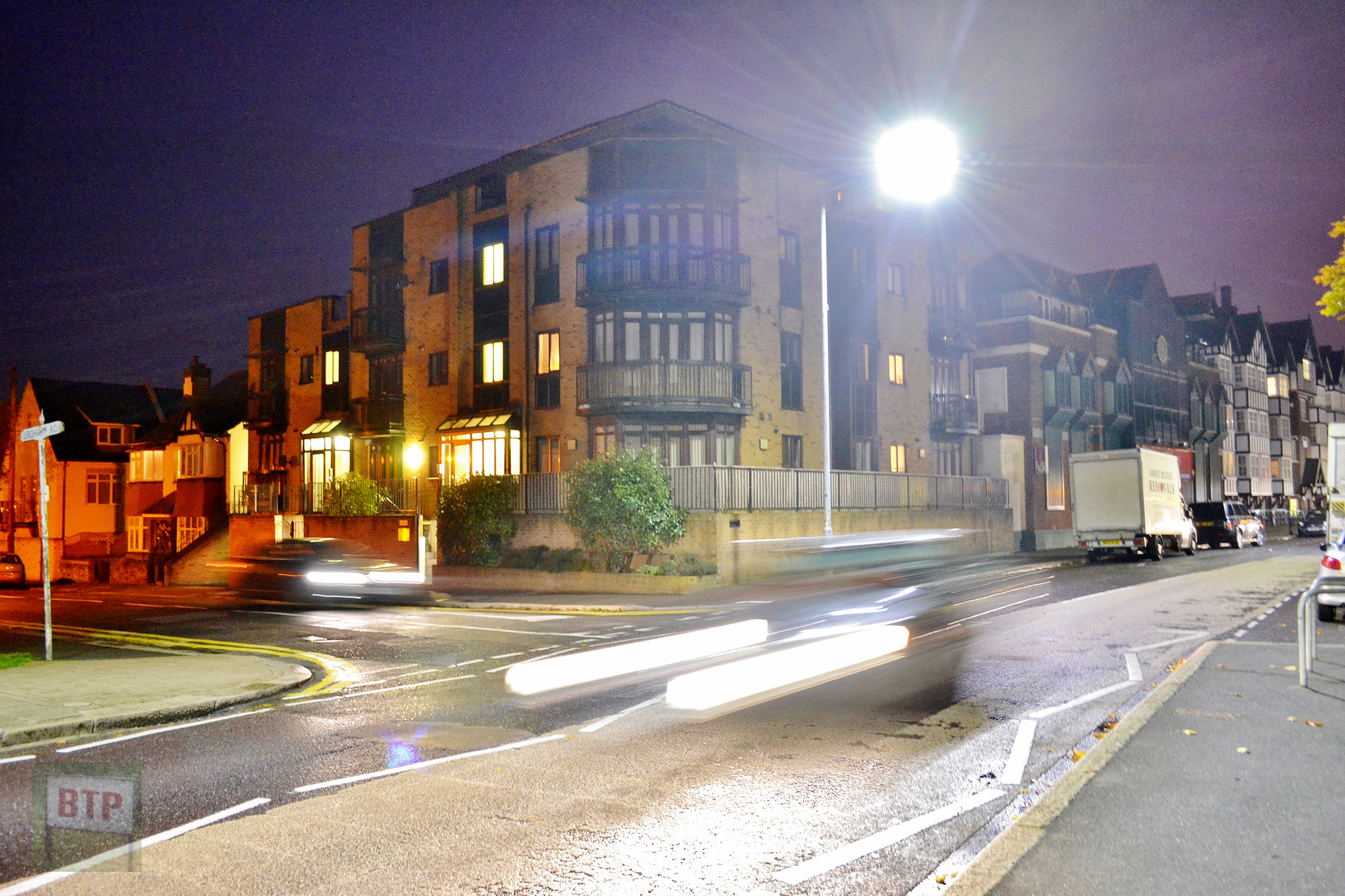
Because of the pond’s grisly history, it has gathered a great deal of superstition over the years. Rumour says the pond was once bottomless, cursed, and home to a number of ghostly apparitions. The curse is said to be responsible for failed attempts to build over the pond, such as a small supermarket built in the 1970s which had to be demolished as a result of the poor foundations. The name ‘Doom Pond’ was said to emerge from the ‘Dome’ kiln of the pottery works that it was used to aid.
Photos left to right:
- The Doom Pond whilst in use by the adjacent pottery company, around a century ago
- The Doom Pottery in 2000, a few years before it was covered
- Could the natural spring still babble underneath the apartment garage?


